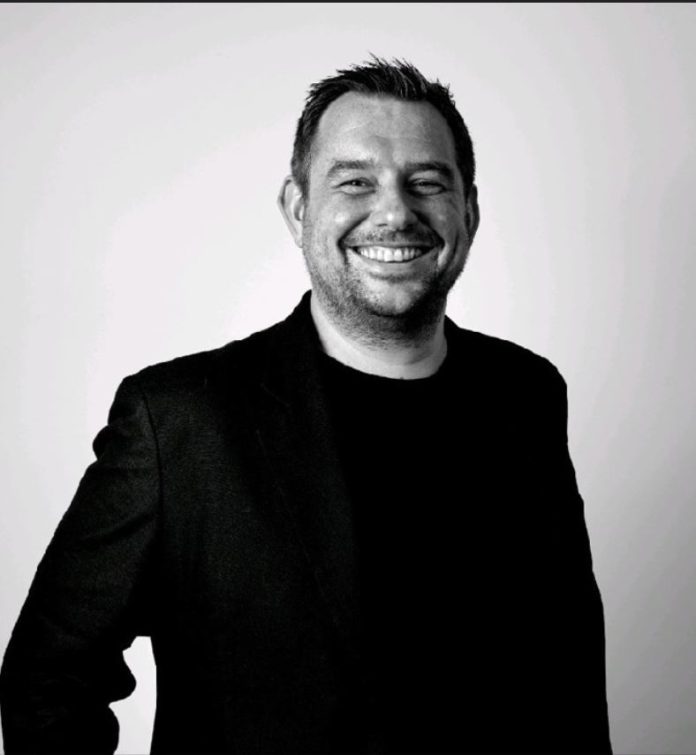By Joseph Walsh, Director of B2B, Samsung UK
As we look ahead to 2023, it’s essential that we move beyond sweeping generalisations on the topic of hybrid working. We are in the age of the individual; everyone is different, and every job is different. It is often the case now that friends and family aren’t entirely sure what someone in their network does for a living… not because they’re not interested, but because work roles are often so fluid now, particularly for entrepreneurs. That key audience of small business owners is at the vanguard of the evolving face of work; they are living the change. According to our recent survey, many of them are digital nomads – with over 15.5m worldwide, 44% of them are millennials and 45% of them report working more hours remotely than in an office.
For an entrepreneur, any given day could involve multiple context shifts, from product design to marketing, recruitment and on to accounts. Fortunately, there’s no reason to have a one-size-fits-all policy in an age when personalisation is possible. Putting the ‘home or office’ question behind us – a workspace should become a headspace. Work is an occupation, not a place, and our survey told us the average business owner had not set foot in an office for 148 days, and one in five never had at all.
For today’s entrepreneurs, work is wherever and whenever they find the right headspace and brings most individual satisfaction and reward; in fact, the “9-5” is an exception and 47% of them have ‘no fixed hours’. For this reason, I prefer the term ‘fluid working’. With the right technology, you really can work from anywhere. And whilst it might seem like an obvious conclusion, the research reveals that the biggest benefit for employees of working from home is the ‘fluidity’ to spend your time how you want to. For example, 97% of those surveyed perform non-work activities during their newly defined ‘working day’. Some of those activities are what we might expect, such as respondents spending an average of 1 hour and 12 minutes on household chores, 74% taking time out to exercise, and 39% spending up to 2 hours playing with their children. However, some of our findings were more surprising, such as one in five taking daily siestas to help them perform better.
If you are good at what you do and have the right tech behind you, there are increasingly more jobs you can accomplish, from a beach in Bali as well as in a tall stalk of steel and glass in London. We found that 37% of entrepreneurs have been on a ‘working holiday’ – it’s not hard to see the appeal of firing off emails poolside, particularly when traditional office hours and practices would see them leaving for work in the dark, and returning home again in the dark. However, that’s not to say that it’s all pina coladas and flamingo pool inflatables – in reality, 43% of small business owners are actually taking less holiday time, and instead will continue to work from wherever they may be.
So, if work can happen anywhere, and at any time, how do today’s entrepreneurs prevent themselves sliding into burnout? Mental and emotional wellbeing are important to everyone, but for business owners there is the added pressure of having employees who depend on them for their livelihood, and the knowledge they themselves are not replaceable. There are certain decisions that can only be made by the business owners and cannot be delegated. However, while some may love the 5am club, and others will happily burn the midnight oil, the conversation has shifted in general, with self-care and balance of crucial importance. Half of respondents said they prioritise their emotional health ahead of their business, 71% put their family life ahead of their business, and 27% said they do the same for their friends.
What lessons can larger organisations learn from our intrepid entrepreneurs? To move in the right direction, and to render the ‘transformation of work’ complete, companies need to allow – and facilitate – all styles of work. Whether you’re looking at designers harnessing their creativity, or accounts getting into the weeds on spreadsheets, who’s to say what is the best environment for the individual performing the task. Maybe… just maybe, a large open plan office isn’t everyone’s optimal location for focus.
Unshackling employees from their desks puts technology again right at the centre of a successful organisation. Our survey tells us that 51% of business owners have upgraded their work phone to enable them to work from anywhere. Those of us who work in this space may not be surprised, but in 2023, we’ll see this being realised by more teams across organisations. Think HR, recruitment, even design and production. It shouldn’t just be the IT department making a plan by default and equipping the employees with their best guesses of what’s required. Hybrid – or indeed a fluid – working style will have different technical requirements than pure-play remote, or in the office. And it’s not just having a single device that works well, but an entire ecosystem that works seamlessly together with the end user in mind.
And of course, then there are continuing concerns about information security, about fortifying protection for all of the devices outside the building, another dimension of the external office that we’re all working towards into next year and beyond. The continuing importance of Bring Your Own Device (BYOD) puts more focus on the functional security those devices can support.
What we can say, with confidence, is that the genie will not be going back in the bottle – the future of work will be more about what than where, more about how than when. Competition, both for customers, but also around attracting, developing and retaining talent, will increasingly dictate the need for a fluid approach to work, and the tools that will enable this.


